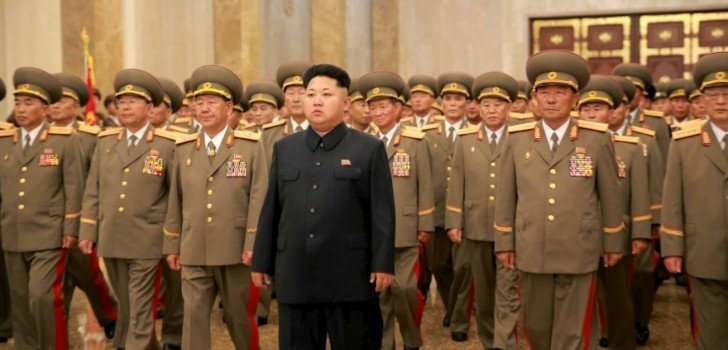Israel has recommenced building its contentious wall in the Cremisan Valley, despite a court’s attempts to rule against the development in April.
The wall is meant to separate the village of Walaja and the settlement of Har Gilo from the West Bank City of Beit Jala. Opponents say the true function of the wall is not to enhance security but for settlement expansion.
In a bid to break ground on the wall, earth movers have began the process of uprooting olive trees in the area. The intended path runs through the Cremisan valley, an area owned by 58 Christian families from Palestine, near a monastery and its related convent and school.
Both the Vatican and the local Christian clergy have opposed the construction of the wall. In April, it seemed the development of the barrier had been stopped when the high court of Israel directed the ministry of defense to reconsider the intended route. However, a subsequent ruling in July gave it a go-ahead.
Property owners from Palestine argue that the construction will stand as a barrier between themselves and their land. The original plan would have created a barrier between the Salesian monastery and its related convent and school.
The revamped construction is just the most recent part of the wall, whose construction Israel began in 2002. It claims its role is to curb terrorism. Critics from Palestine argue that the wall allows for the effectual seizure of Palestinian land.
For some time, it has been clear that the defense ministry of Israel had planned to pursue their original plans. After the April ruling, the ministry sent a letter to an attorney representing the property owners indicating that it had the intentions to continue with the construction, while maintaining a gap around the monasteries.
Speaking to Israeli newspaper Haaretz, Giat Nasser, an attorney representing the Beit Jala municipality and the property owners, said, “They apparently haven’t reconciled themselves to the ruling. What they’re doing is ‘feeding’ the court, stage by stage. After they build the fence they’ll say it’s already up, and then they’ll ask to build the loops around the monasteries, because there won’t be any choice.”
Stay Connected